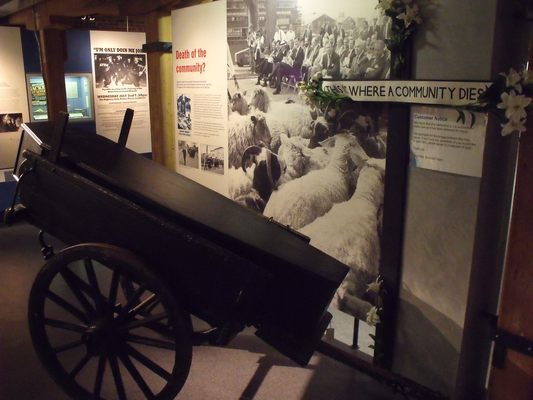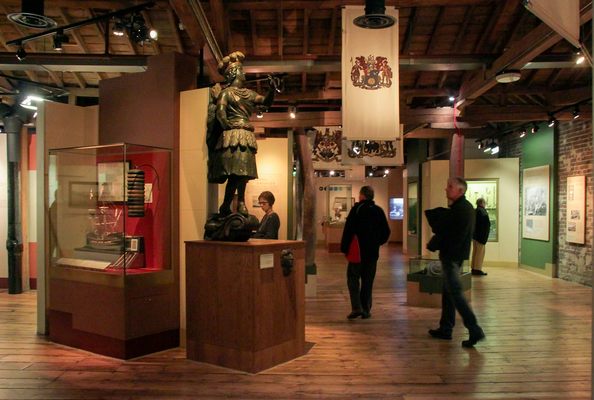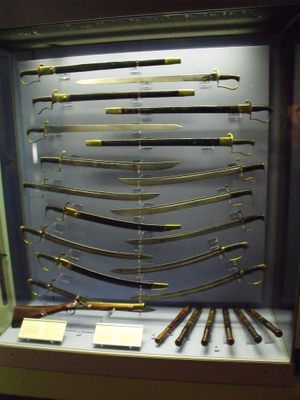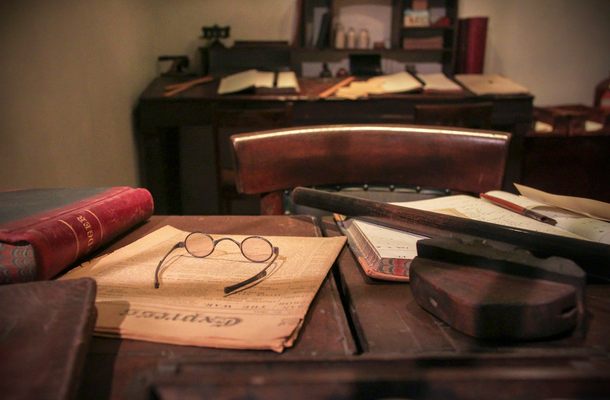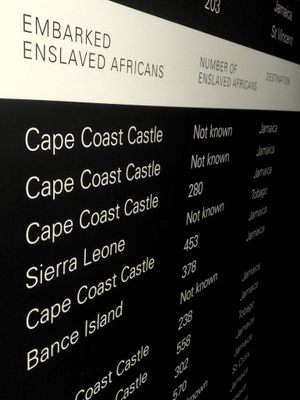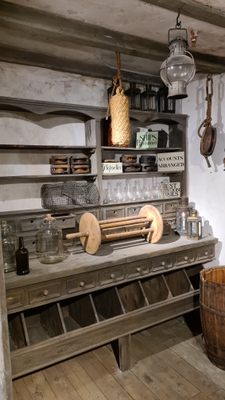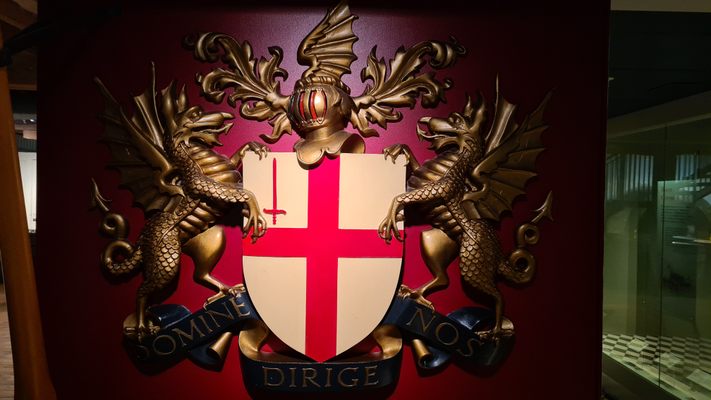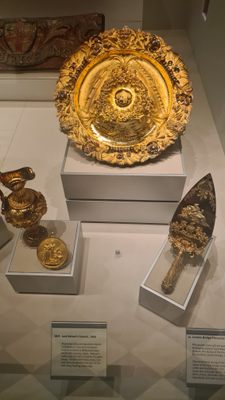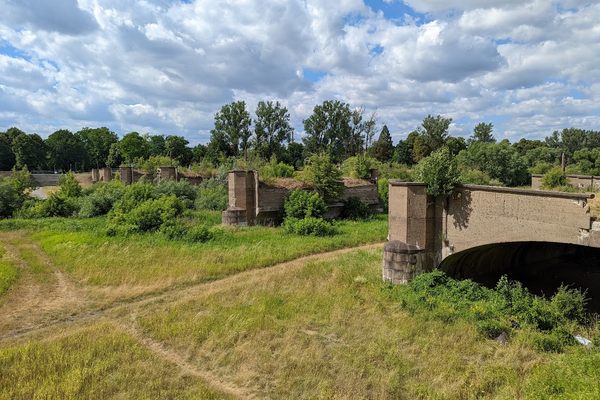About
From the 18th century to the mid 20th century the docklands of the city of London were one of the principal hubs of British and world trade, a history that is documented and remembered in the Museum of the London Docklands.
Constructed by the London Dock company in 1799 as part of the West India Dock Act (and at the cost equivalent to $82 million dollars in today's money) the docklands were a powerhouse of the growing British empire where commodities from all over the world were imported. Thousands of tons of goods such as tobacco, grain, tea, spices, fruits, wine, rum, brandy, fish, and even exotic wild animals (destined as "pets" or zoos) were to be unloaded at the docks to await dispatch from the warehouses.
The global economic importance of the docklands was to make it an important center of employment for both Londoners and British migrants who could (if they played their card rights) potentially make a fortune from commerce.
The promise of money was also to attract laborers, traders, and sailors from across the world making it a very cosmopolitan area of the city of London where people from around the world intermingled with Londoners. But from the very beginning, the docklands became inextricably linked with a far darker practice: the trade and transport of human beings for the Atlantic slave trade.
The construction of the docklands was financed largely by wealthy plantation owners and colonialists such as Robert Milligan. Subsequent improvements to infrastructure in the early 19th century were made using the lucrative proceeds of human slavery. Warehouses of the London docklands were used to store cargoes of sugarcane harvested by enslaved laborers on plantations of the colonial West Indies. The building in which the museum is housed itself once served this grim purpose.
Even after the abolition of slavery in the 19th century, the docklands continued a dark legacy of reaping the economic rewards of brutal British imperialism that was often enforced at the bayonet fixed point of Lee Enfield rifles across the globe, from Ireland to Africa, from India to Australia.
The downfall of the London docklands came during the dark years of the Second World War. The area faced heavy aerial bombing during the London Blitz—it is estimated that over 25,000 explosives were dropped there. The damage, as well as de-industrialization, improvements in shipping technology, and the decline of the British Empire were to eventually spell the end for the docklands.
The Museum of the London Docklands does a superb job of chronicling the history of this area of the city and its past global economic importance to the visitor but without shying away from the dark history.
Related Tags
Know Before You Go
The museum is open Wednesday to Sunday from 10 a.m. to 5 p.m. and the entrance is free of charge.
Entry tickets can be booked in advance or on arrival.
Community Contributors
Added By
Published
November 29, 2021









